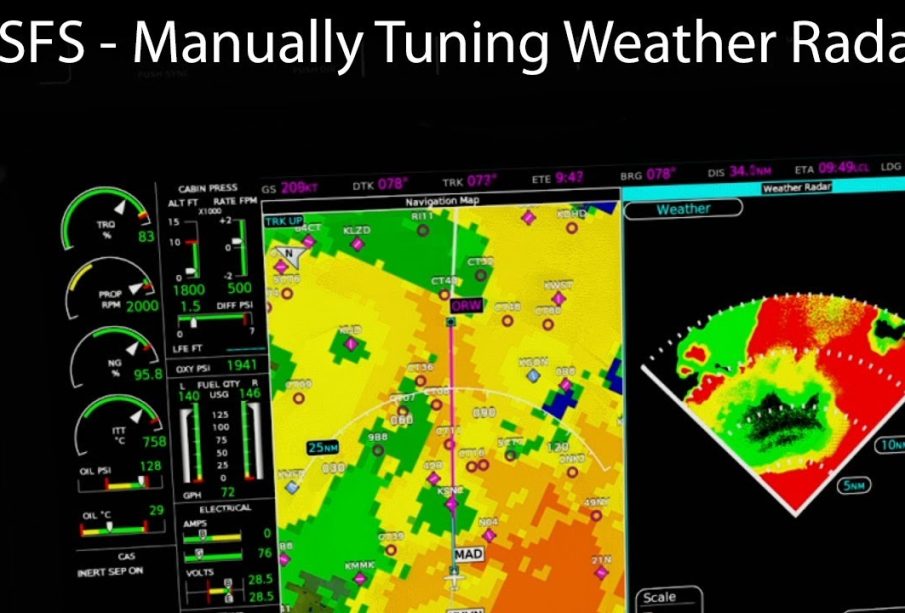Understanding Weather Radar and Its Impact on Forecasting

Introduction to Weather Radar Technology
Weather radar technology plays a critical role in meteorology and public safety across Canada. With rapidly changing weather patterns and increasing climate unpredictability, accurate and timely weather forecasting is more essential than ever. Weather radar systems allow meteorologists to detect precipitation, storm systems, and severe weather conditions, enabling proactive responses and preparedness among communities.
How Weather Radar Works
Weather radar systems operate on the principle of sending out radio waves that bounce off precipitation particles in the atmosphere. These reflected signals provide real-time data about the intensity, location, and movement of storms. The Doppler radar, a prevalent type of weather radar, additionally measures the speed of raindrops to assess wind patterns, which helps identify rotation within storm systems that may indicate severe weather like tornadoes.
Recent Advancements and Events
Recent advancements in weather radar technology include the development of dual-polarization radar, which can differentiate between types of precipitation (rain, snow, and hail) and improve rainfall estimates. As of September 2023, the Canadian Meteorological Centre has initiated the installations of new dual-polarization systems across various provinces, enhancing the precision of weather forecasts. This upgrade is crucial, especially during extreme weather events where accurate predictions are vital for public safety.
This past summer, Canadians faced numerous severe weather conditions, from torrential rains in British Columbia to severe thunderstorms in Ontario. The timely data provided by weather radars allowed local authorities to issue warnings, effectively mitigating potential damage and ensuring the safety of residents. Emergency services have praised the real-time capabilities of radar systems, underscoring their importance in disaster preparedness frameworks.
Future Outlook and Implications
Looking ahead, the integration of advanced technologies such as artificial intelligence and machine learning into weather radar systems shows promise for even more refined forecasting capabilities. These enhancements could lead to better prediction models that take various environmental factors into account, thereby improving the accuracy of weather warnings in Canada.
Conclusion
Weather radar technology remains a vital asset in the realm of meteorology. With its ongoing advancements, it not only enhances the accuracy of weather forecasts but also plays a crucial role in safeguarding communities against severe weather threats. As climate variability continues to challenge traditional forecasting methods, the evolution of weather radar technology promises a proactive approach to understanding and responding to the weather, ultimately contributing to improved public safety and resilience.









